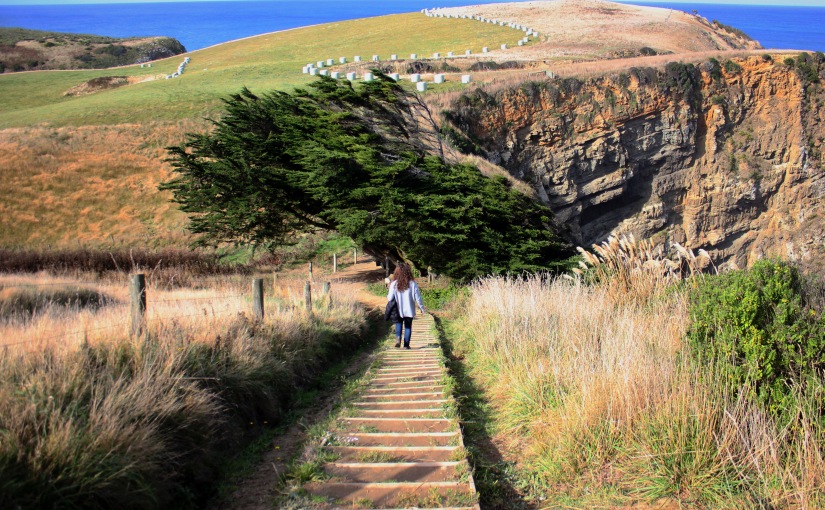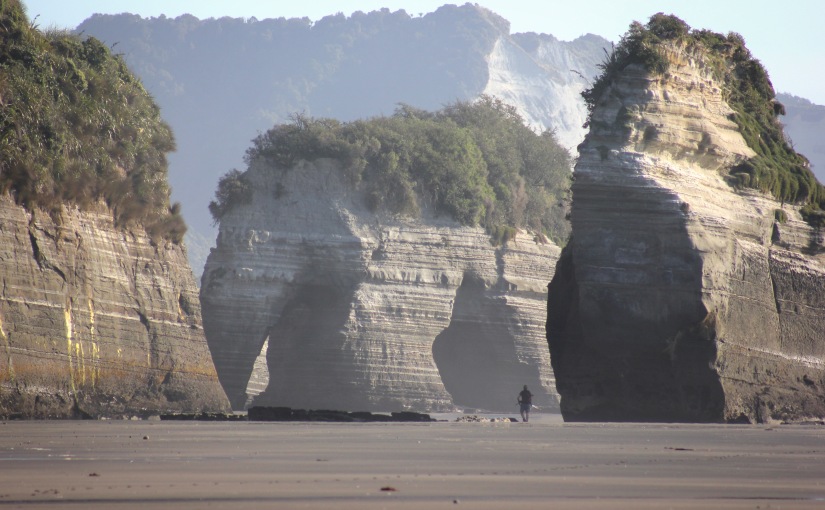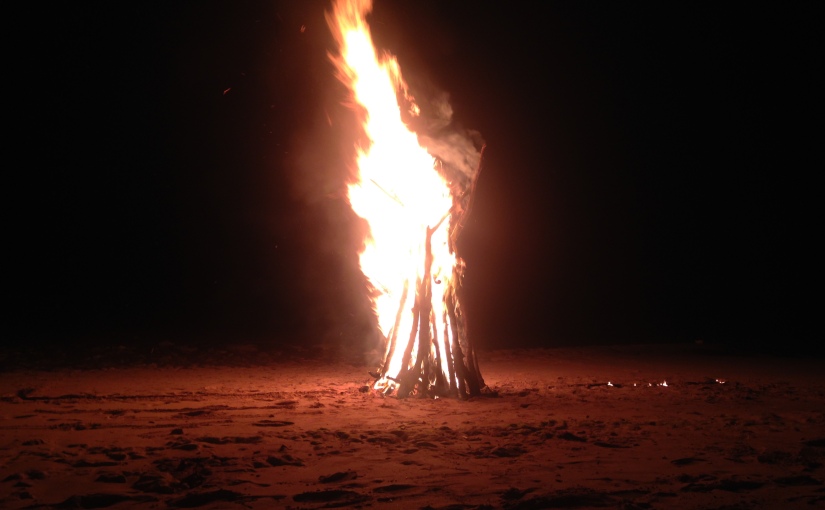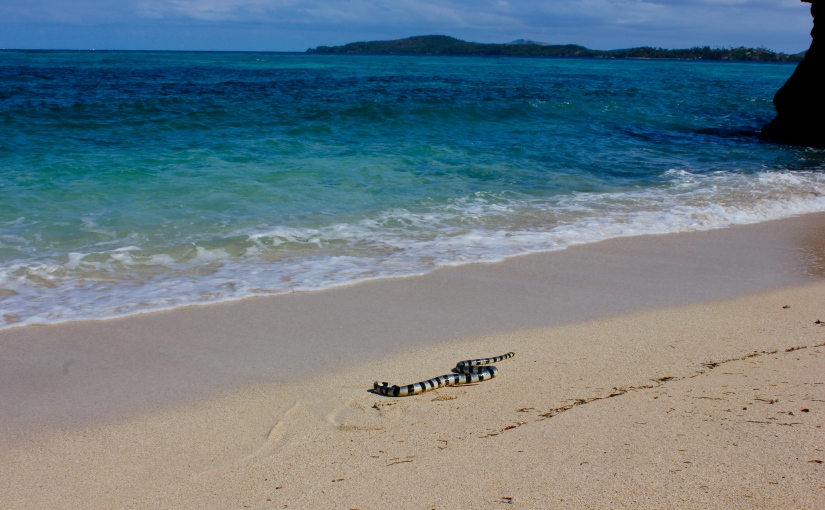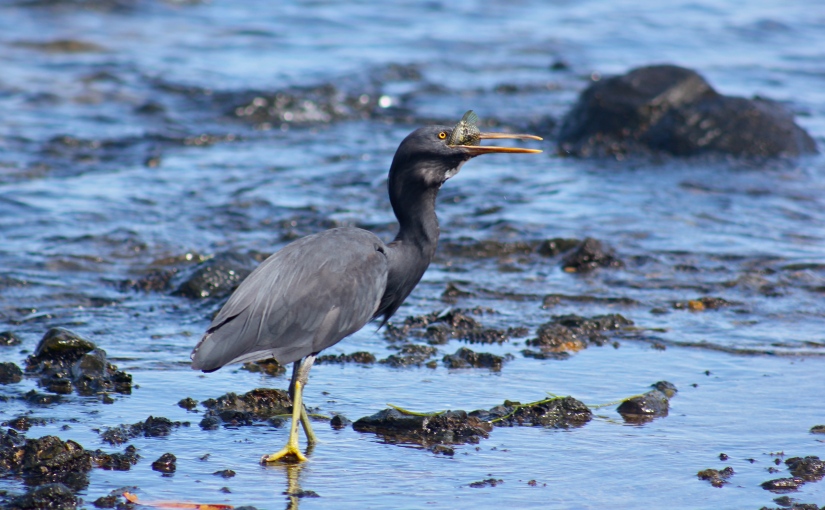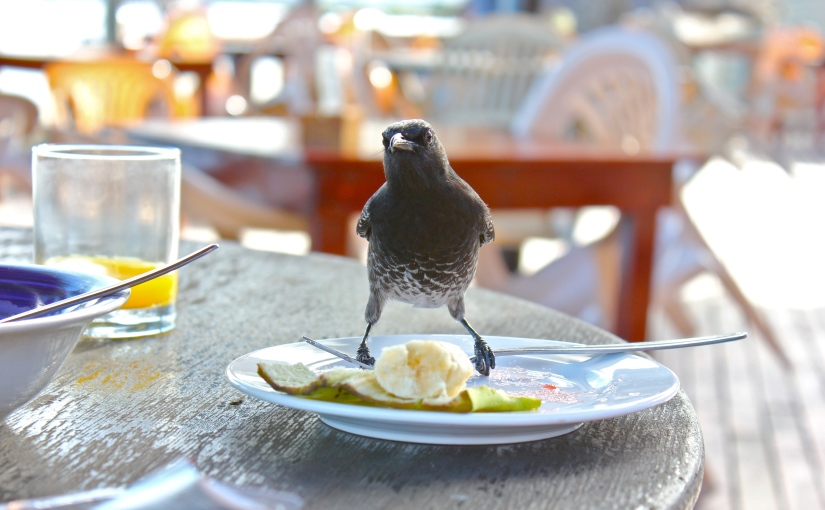“Geology Rocks”. It’s true. I will proudly admit that I really appreciate an impressive rock formation, just like any other one of natures aesthetically pleasing products.
Coastlines are extremely dynamic parts of our earth which are forever changing over varying scales. In one meteorological event, significant parts of our coast can be destroyed, constructed and altered by the forces of wind and water. In 2005, the Outer Hebrides experienced this as the sea claimed up to six meters of coastline in one surge. These conditions are prime for the creation of impressive structures, commonly in the form of stacks, caves and arches.
My brother and I both studied Geography as undergraduates around the same time period; although at different universities. Coincidentally, at this point in his career our father began drawing and developing his interest in iconic rock formations beginning with those close to home in the North East such as Marsden Rock. From here he moved on to more impressive and unusual structures such as the Drinking Dragon rock, Isle of Mann. Whilst reading about these rocks around the UK, I frequently came across ‘The Elephant Rock’. This was always a particularly impressive image to come across, so much so that I always questioned its authenticity – “it’s probably nothing like that in real life…”.
Oh, how I was wrong.
The Elephant Rock is located at Tongaporutu near New Plymouth on the west coast of New Zealand’s North Island. The rock itself is sited at an area referred to as Three Sisters Rocks. The Three Sisters were rocks found on this part of the coastline, however only two still remain today. This part of the coastline is littered with stacks, arches, caves and cliffs which have been carved by coastal erosion. It is possible that this part of the coastline is the most impressive I’ve ever seen. The cliffs are high, the arches are cavernous and the coastline is ongoing in both directions, with the stereotypically volcanic Mt Taranaki on display in the distance to the South. The rocks are patterned with numerous layers from top-to-toe.
This location is only accessible by foot at low tide. As you walk out along the river estuary you find a range of structures that all look animal-like as your imagination is in full flow at the thought of the Elephant rock. It was up until this point that I still believed the rock would not look as impressive to the naked eye, I then spotted an enormous elephant in the distance between the sisters. It even had a hairy back!
